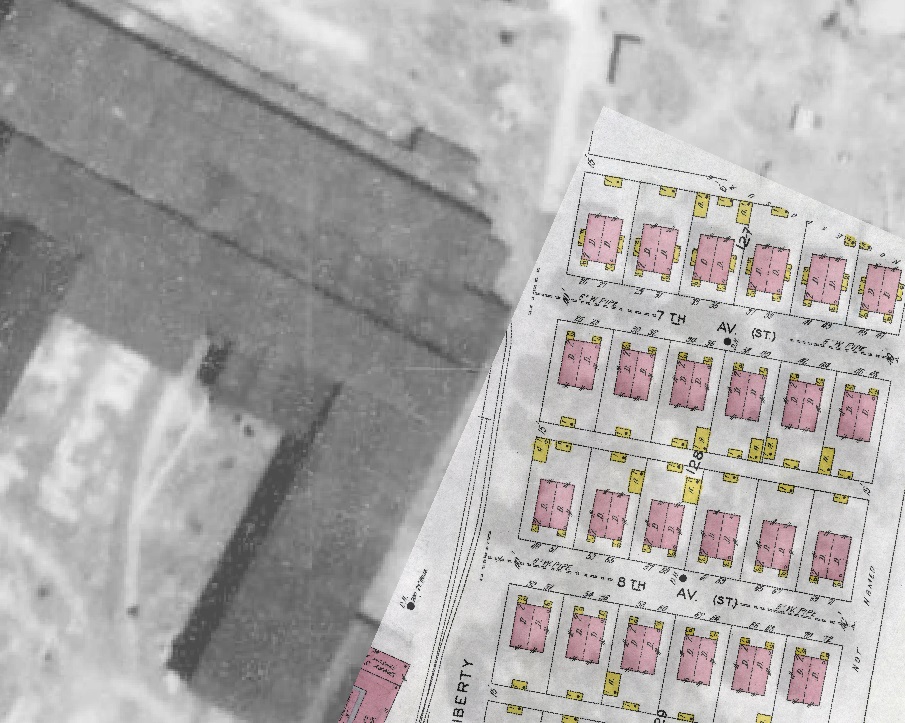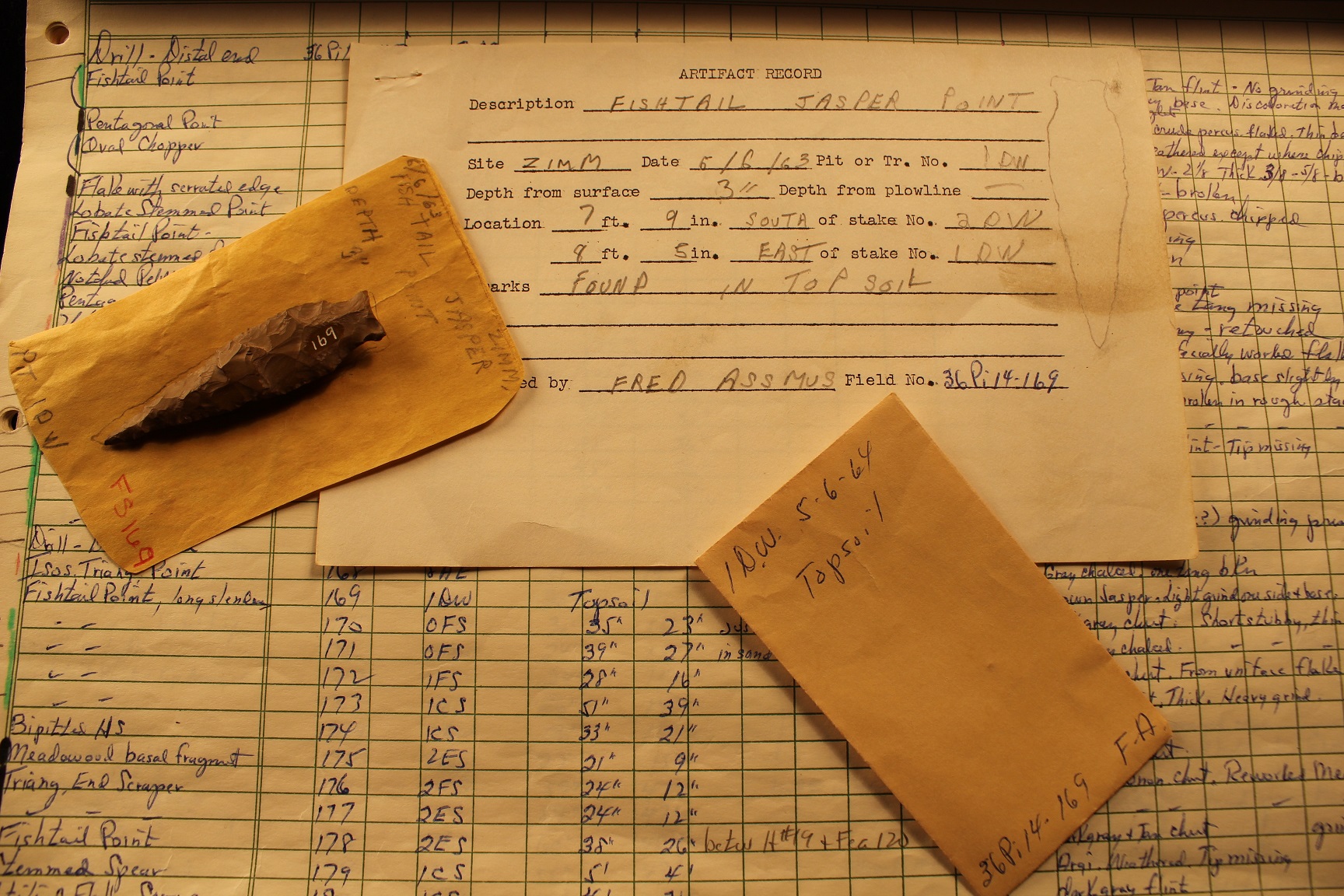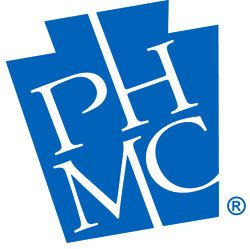This spring, change is in the air for the Pennsylvania Archaeological Site Survey (PASS)!
Archaeologists from the PA SHPO and State Museum of Pennsylvania have worked together to revise the PASS Site Identification Criteria and to devise new procedures for handling isolated finds and non-site collections.
Our goal was to simplify and clarify the existing definitions and procedures, while creating new minimum standards for the recordation of historic archaeological sites.
These changes were announced to the Pennsylvania Archaeological Council and the Society for Pennsylvania Archaeology in early April. When submitting PASS and non-site forms for project review, you should begin to use the new standards as soon as possible.
Our office will begin applying these new standards for any newly submitted form as of May 1, 2017. The new standards will not apply for any site, isolate, or non-site number issued prior this date.
Site Boundaries
The biggest change involves historic sites. In the new standards, we are requiring that historic map and documentary research be used as an integral part of defining a site and its boundaries.
Particularly in urban settings or in situations where you have historic parcel data, the archaeological site boundaries should correspond to the historic parcel. In rural settings where parcel data is generally not available, historic aerial photos can also be used in boundary definition. In all circumstances, a boundary should not be artificially restricted to the project APE, but should instead reflect the full extent of the resource, be it an industrial facility, farmstead, or urban house lot. More detailed information on defining site boundaries can be found in the Guidelines for Archaeological Investigation.

Historic maps and photos are integral to identifying historic sites and boundaries.
Artifact Counts
Another major change from the previous standards increases the artifact counts required to define a site in situations where there are no surface-visible or structural features.
For artifact scatters to be recorded as sites, if you have map evidence for an historic resource in that area, then you will need a minimum of 30 artifacts in the scatter; without map evidence, you will need a minimum of 50 artifacts. That being said, we recognize that certain site types tend to be more ephemeral than others and will not meet these minimum standards. Examples of these sites include battlefield or colonial period sites. For these types of sites, identification as a site may still be appropriate but will heavily rely on thorough background research, and consultation with SHPO archaeologists.

The State Museum of Pennsylvania maintains records for non-site finds and curates site collections.
Non-Site Finds
In addition to the changes to the Site Criteria, we have also worked to clarify procedures for managing non-site finds.
As part of this effort we have revised the Isolated Find and Non-Site Collection Documentation form (the revised form will be available on the PHMC website soon). After May 1 this form should only be used in two specific situations:
- to record isolated, diagnostic precontact artifacts such a projectile points or pottery
- when submitting artifact assemblages to the State Museum for curation that do not meet Site Criteria.
Under the new criteria, a Non-Site Collection form should be submitted to our office that includes all of the non-site finds from the same project report by county. A map or maps that show each discrete artifact location, identified by specimen number, will need to accompany the form. If a project report details non-site collections from multiple counties, multiple Non-Site Collection forms will need to be submitted. The State Museum will assign catalog numbers by county-based group rather than to individual artifacts or find locations.
It is important to note that if non-site collections will not be submitted to the State Museum for curation then a Non-Site Collection form does not need to be completed and submitted to our office. Instead a non-site collections inventory should be included in the archaeological report of investigations. The location of each recovered non-site artifact should also be depicted on project mapping.
For more information about the Site Criteria, CRGIS, and other changes, consider attending the Statewide Conference on Heritage in June. And as always, stayed tuned to our blog for more news from the SHPO!

This information is very helpful. Should further questions be directed to the State Museum of Pennsylvania? Thank you!
Thank you for your question, Nathaniel. If you have questions related to collections or artifact curation, contact the State Museum. If you have any questions about recording sites and getting PASS numbers, contact Hannah Harvey, hharvey@pa.gov.